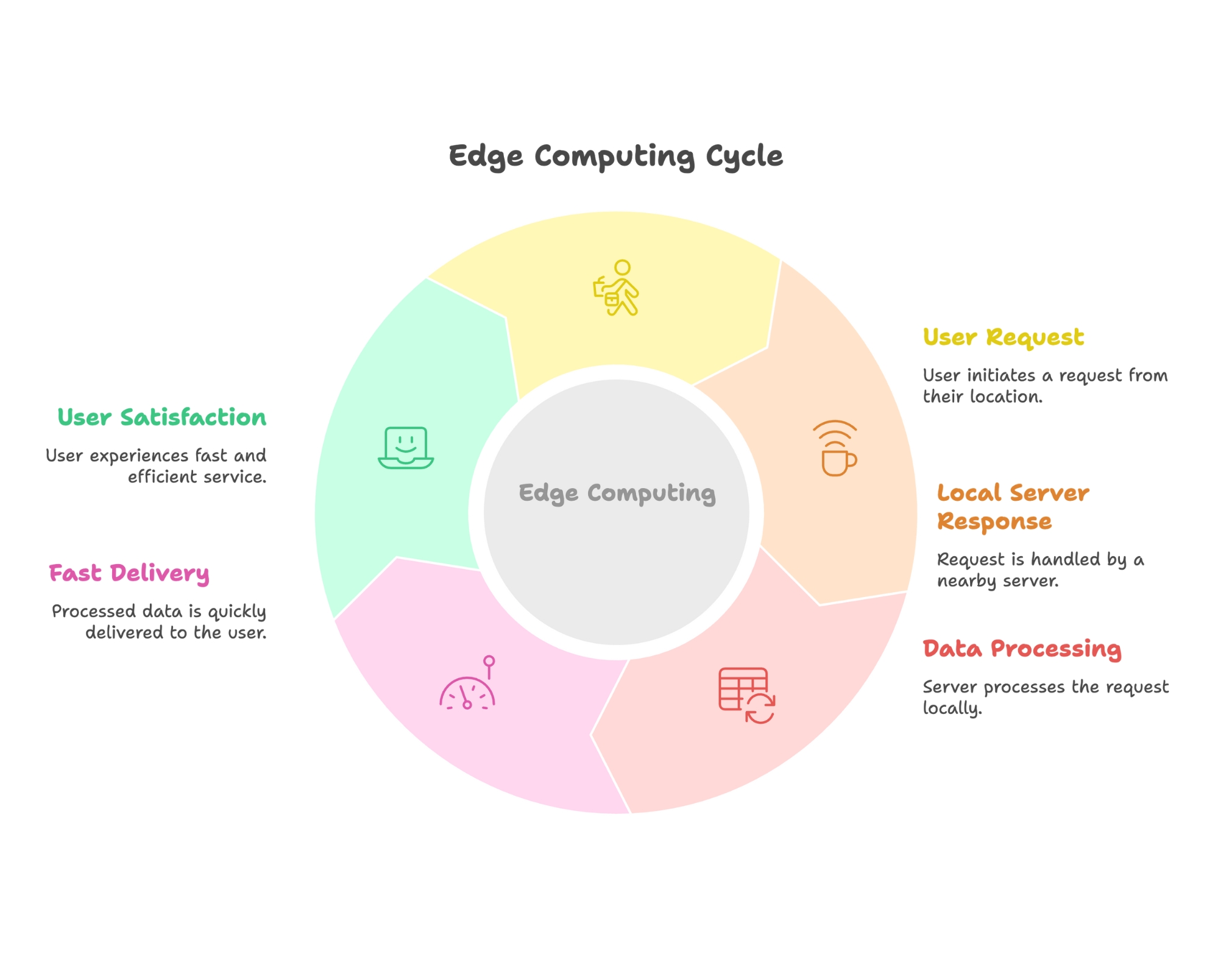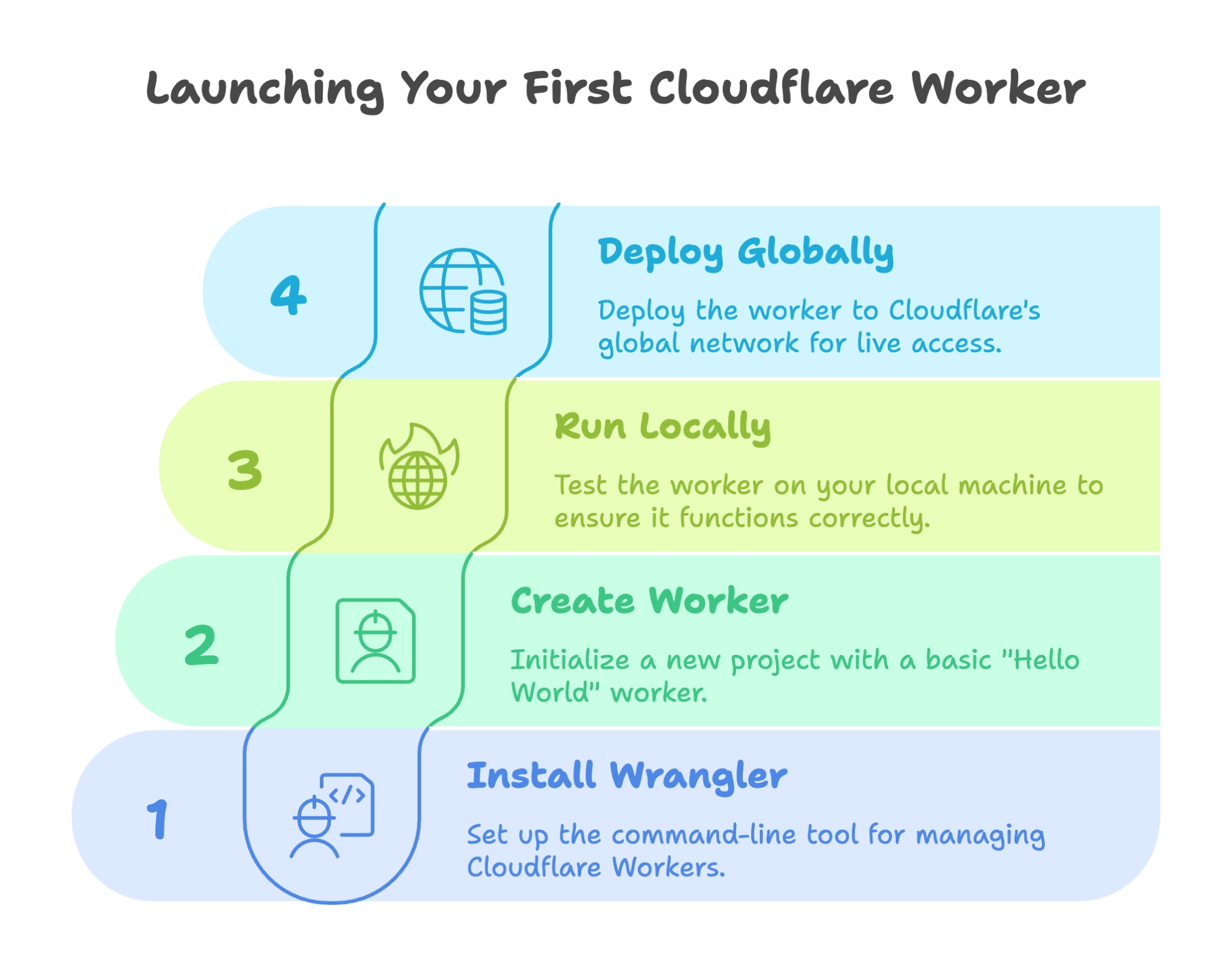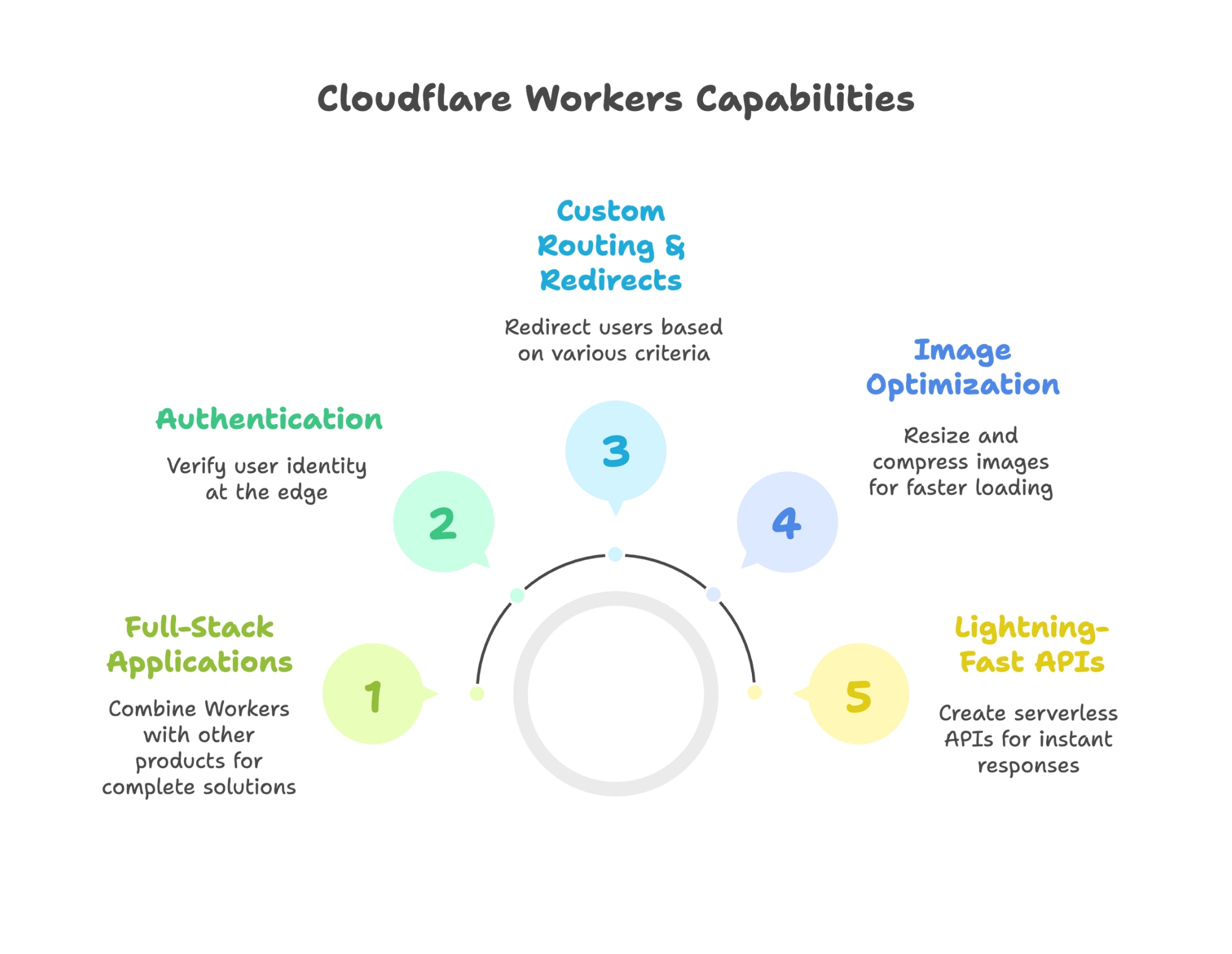This all sounds great in theory, but what are the practical advantages?
1. Blazing Speed and Performance
By minimizing the physical distance data has to travel, Workers dramatically reduce latency. This means faster page loads, quicker API responses, and a much better user experience.
2. No More "Cold Starts"
This is a key technical advantage. Many serverless platforms use "containers" to run your code. If a function isn't used for a while, the container shuts down to save resources. The next time it's needed, it has to start up again, causing a delay known as a "cold start."
Cloudflare Workers don't use containers. They use a technology called V8 Isolates, the same lightweight technology that powers your Chrome web browser. Isolates can start in under 5 milliseconds—so fast that cold starts are effectively eliminated. Your code is always ready to run instantly.
3. Incredible Cost-Effectiveness
Cloudflare Workers offer a generous free tier that allows for 100,000 requests daily at no cost, which is ample for personal projects, prototypes, or small production applications.
Beyond the free tier, Workers employ a pay-as-you-go model with a significant advantage over traditional serverless providers: billing is based on CPU time, not duration (wall-clock time). This means you only pay for the computational resources you actually use, and not for the idle time your Worker spends waiting on network requests or other I/O operations.
This pricing model makes costs more predictable and less susceptible to the performance of external services you might call. As a result, Cloudflare Workers can be a more cost-effective solution, especially for applications that interact with third-party APIs, such as those for AI and machine learning models.
4. Global Scale, Instantly
When you deploy a change to your Worker, it's live across the entire global network in under 30 seconds. This allows you to iterate and ship features at an incredible pace.


